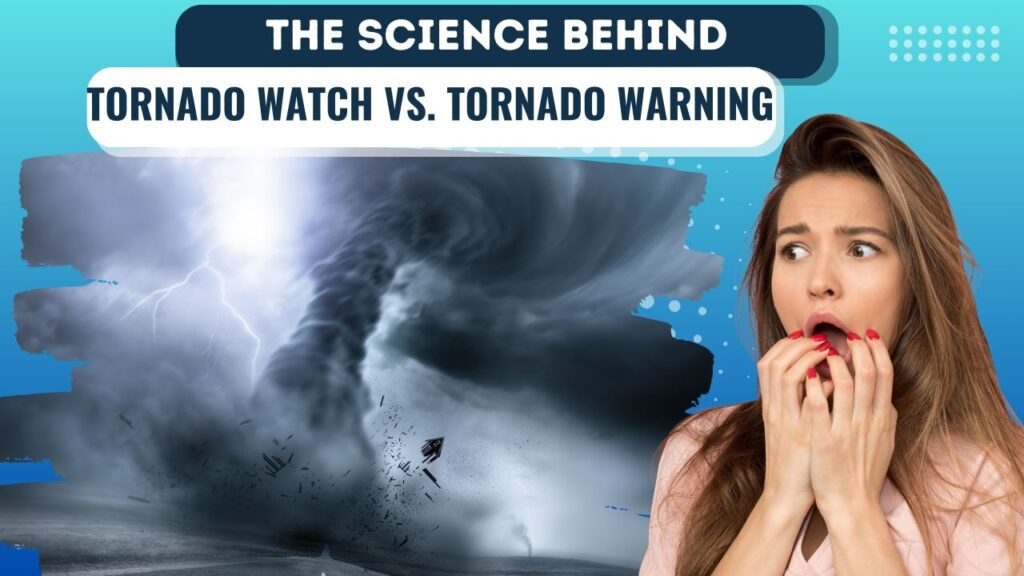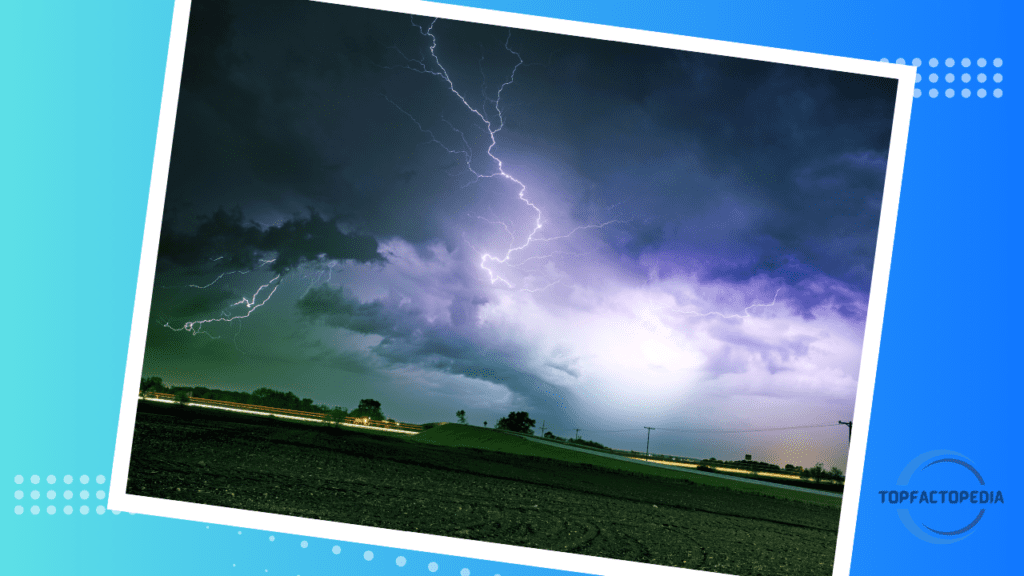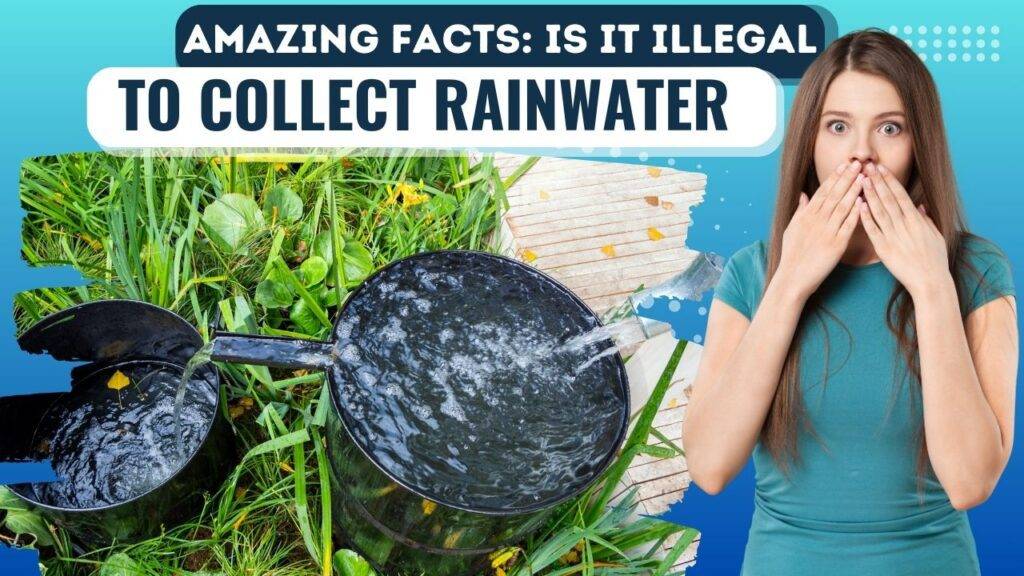
Discover the crucial differences between Tornado Watch vs. Tornado Warning. Learn about the science behind these alerts and how to stay safe when severe weather strikes.
Introduction
Tornadoes are one of the most dangerous and amazing natural events. When they threaten, having the right information at the right time can make the difference between life and death.
In this article, we get into the science behind two important weather alerts: the Tornado Watch and the Tornado Warning. By the end, you’ll know everything you need to know about what these alerts mean, how they are sent out, and what you should do when you see one.
Tornado Watch vs. Tornado Warning
Even though they sound the same, a Tornado Watch and a Tornado Warning are two very different things. Let’s talk about the science behind each and what it means.
You may also like: 10 Key Facts That Make True Food Kitchen a Unique Culinary Experience
Tornado Watch

The National Weather Service (NWS) sends out a Tornado Watch when conditions are right for tornadoes to form in a certain area. It’s a safety warning for a larger area, which can include several counties or even a whole state.
Understanding the Science:
Meteorologists keep a close eye on the weather during a Tornado Watch. They pay close attention to things like how unstable the atmosphere is, how the wind moves, and how humid it is. When these things come together in a way that could lead to tornadoes, a Tornado Watch is put out. It’s a warning to people who live there that they should stay alert and ready.
What to Do During a Tornado Watch:
- Stay informed by tuning in to local news or using weather apps.
- Prepare an emergency kit with essentials like water, non-perishable food, and a flashlight.
- Identify a safe shelter, such as a basement or an interior room on the lowest floor of your home.
You may also like: 10 Surprising Facts About Fox News Women
Tornado Warning

A Tornado Warning is an even more important warning. It means that a tornado has been seen on radar or by a trained weather spotter, and that it is about to happen or is happening right now. A Tornado Warning is much more specific and covers a much smaller area than a Tornado Watch.
Understanding the Science:
Meteorologists send out a Tornado Warning when they know for sure that a tornado is happening or is about to hit the ground. This proof comes from radar data that shows a strong rotation in a thunderstorm or from a spotter on the ground who sees it for himself. Here, science is all about being exact and giving information at the right time.
What to Do During a Tornado Warning:
- Take immediate shelter in a safe location.
- Avoid windows and cover yourself with a mattress or heavy blankets to protect against flying debris.
- Stay tuned to local media or a NOAA Weather Radio for updates.
Conclusion
When it comes to weather, knowing the difference between a Tornado Watch and a Tornado Warning can mean the difference between staying safe and getting caught off guard by bad weather.
Remember that a Tornado Watch means you should be on the lookout, while a Tornado Warning means you should act right away. You can protect yourself and your loved ones from tornadoes if you know what to do and stay informed.
Few More Queries
- What’s the difference between a Tornado Watch and a Tornado Warning?
A Tornado Watch is issued when conditions are favorable for tornado formation in a broader area, while a Tornado Warning is issued when a tornado has been confirmed or is imminent in a specific location.
- How long do Tornado Watches and Warnings typically last?
The duration can vary, but a Tornado Watch usually lasts for several hours, while a Tornado Warning is more short-lived, often 30 minutes to an hour.
- Can tornadoes still form during a Tornado Watch?
Yes, tornadoes can form during a Tornado Watch if the atmospheric conditions become conducive. That’s why it’s essential to stay vigilant and prepared.



